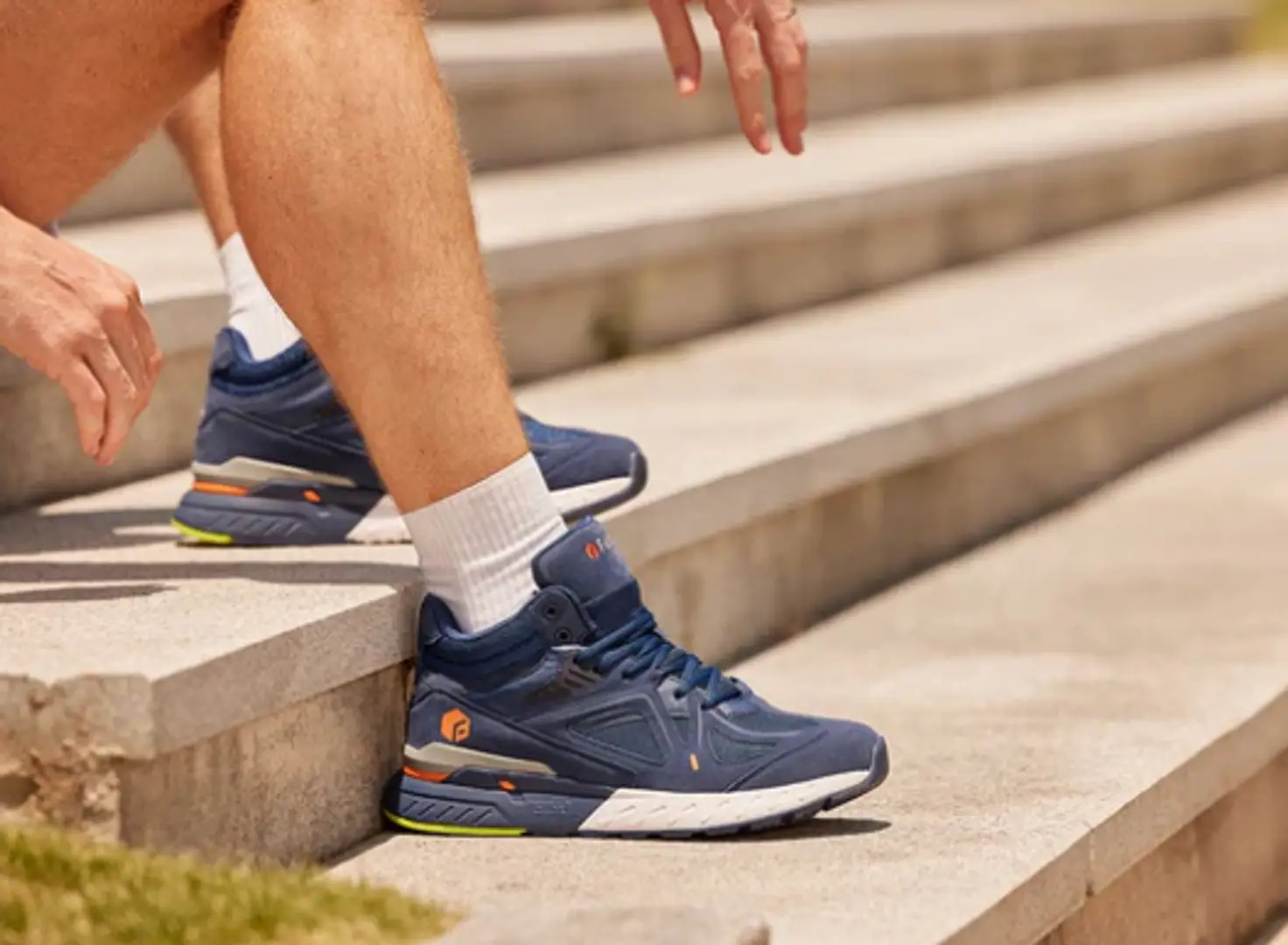

Wide Fit Sneakers for Diabetics with Swollen Feet: The Ultimate Comfort Guide
For people living with diabetes, taking care of your feet isn’t just about comfort—it’s essential for your overall health. If you also deal with swollen feet, finding the right shoes can feel almost impossible. Standard sneakers often pinch, restrict circulation, or just don’t fit. That’s where wide fit sneakers come in.
In this guide, we’ll explore why wide sneakers matter for swollen diabetic feet, what features to prioritize, and some great options to consider.
Why Wide-Fit Sneakers Matter for Diabetics with Swelling
Swollen feet can be caused by fluid retention (edema), neuropathy, poor circulation, or long periods of standing or sitting. Diabetes compounds these issues by reducing the body’s ability to heal foot injuries.
Shoes that are too narrow can:
Cause pressure points that lead to blisters or ulcers
Cut off circulation further
Increase the risk of balance issues or falls
Lead to painful toe crowding or bunions
Wide-fit sneakers help by:
Giving toes room to splay naturally
Reducing pressure across the instep and forefoot
Allowing for orthotics or extra padding
Adapting to daily fluctuations in swelling
What to Look for in Wide-Fit Diabetic Sneakers
✅ Wide or Extra-Wide Width Options (2E, 4E, 6E)
Make sure the brand specifies width—not just “roomy” or “comfortable.” Some shoes go up to XX-wide for maximum space.
✅ Adjustable Closures (Velcro or Elastic Laces)
Traditional laces can be a hassle with swollen feet. Velcro or stretchy laces allow for easy on/off and custom tightness.
✅ Breathable, Stretchy Uppers
Mesh, spandex, or soft knit uppers stretch with your foot rather than squeezing it. These also help prevent overheating.
✅ Padded, Supportive Insoles
A good diabetic sneaker should include a soft, cushioned insole—ideally removable if you need orthotics. Look for arch support and heel cushioning for shock absorption.
✅ Seamless Interior
Internal seams can rub and irritate diabetic skin. A smooth inner lining helps prevent blisters and ulcers.
✅ Slip-Resistant Outsoles
Swollen feet may reduce balance, and neuropathy can impair feedback from the ground. A grippy sole helps keep you safe.
Top Features to Avoid
Narrow toe boxes
Hard or non-breathable materials (like stiff leather)
Flat insoles with no support
Heavy shoes that add foot fatigue
Recommended Styles to Consider
Here are some common wide-fit sneaker styles that work well for people with diabetes and swollen feet:
- Orthopedic Walking Sneakers with Velcro Straps
- Perfect for daily walking, these combine extra width with medical-grade support. Velcro straps help adjust fit throughout the day.
- Stretch-Knit Slip-On Sneakers
- These shoes are great if you have fluctuating swelling. The soft upper gently hugs your feet without binding or restricting.
- Cushioned Athletic Shoes with Wide Toe Boxes
- If you’re still active or on your feet a lot, try lightweight sneakers with EVA foam midsoles and a rocker bottom for easier motion.
- Recovery Sneakers
- Designed for post-surgery or medical recovery, many of these styles offer extreme cushioning and are ideal for sensitive, swollen feet.
Bonus Tip: Sizing for Swollen Feet
It’s often best to shop for shoes later in the day, when your feet are at their most swollen. Also, consider going half a size up and wearing moisture-wicking diabetic socks to reduce friction.
Final Thoughts
If you have diabetes and swollen feet, your sneakers need to be more than just comfortable—they should support your health and mobility every step of the way. Wide-fit diabetic sneakers give your feet the room, cushioning, and safety they need without compromising on functionality or style.
Always check with a podiatrist or diabetes care provider if you have persistent swelling or foot issues that aren’t resolving.
Related Posts
© 2025 Invastor. All Rights Reserved

User Comments